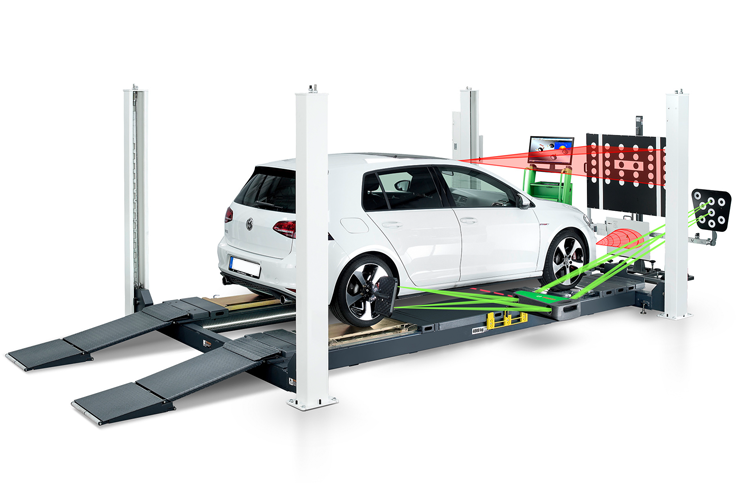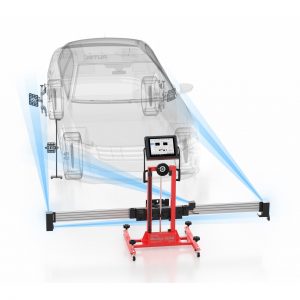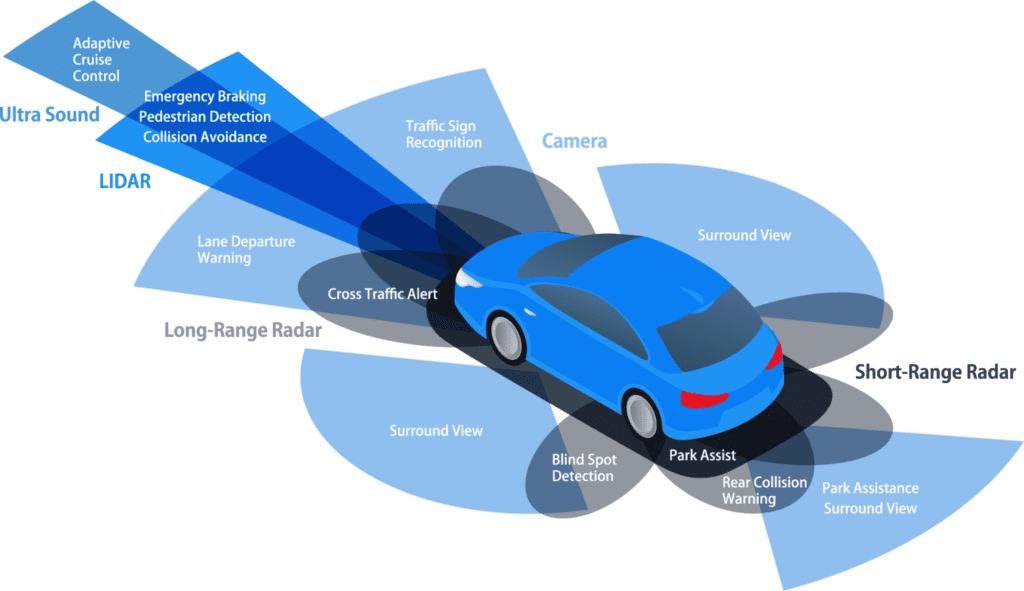
ADAS Calibration
A rising number of automotive components that help improve vehicle and driver safety are referred to as advanced driver assistance systems, or ADAS, for short. ADAS monitors tasks including braking, speed, and steering and either automatically reacts or alerts the driver.
These systems, which use a number of cameras to determine the position of the car and other road impediments, include but are not limited to Autonomous Emergency Braking, Lane Departure Warning, and Road Sign Detection. In order for ADAS systems to continue operating as intended, certain vehicle maintenance and repairs necessitate re-calibration.
The Colne Tyre and Valeting Center is pleased to provide ADAS calibration services. Our tools can calibrate cars with LiDAR, RADAR, and camera detection systems. Please get in touch with us if you need ADAS calibration so we can see if your car qualifies.
What is ADAS?
Advanced Driver Assistance Systems (ADAS) surround your car with a safety net by fusing a number of different sensors and software programmes with the steering, suspension, braking, and powertrain systems.
As a result, any object, whether moving or stationary, can be “seen” by the car as it travels along the road. ADAS equipped vehicles feature long and short ranging detection systems using technologies such as LiDAR (Light Detection and Ranging) and RADAR (Radio detection and ranging) as well as cameras. These vehicles’ specialised software enables the use of all these detecting systems, providing the driver with support features that identify hazards on their route and either alert the driver or take automatic action to avoid an incident.


Different ADAS systems
ADAS covers a wide range of driver assistance systems. Each type of ADAS may have a slightly different name depending on the manufacturer, but some of the key types include:
Adaptive Cruise Control
Despite cruise control being first introduced as early as the 1940’s it has seen some high-tech advantages in recent years. Adaptive Cruise Control (ACC) can sustain a set speed, like traditional cruise control, but can adjust this speed based on traffic movement, too. Cars fitted with ACC will use radar, or sometimes cameras, to detect obstacles and other vehicles nearby and automatically accelerate or decelerate accordingly.
Autonomous Emergency Braking
As with ACC, Autonomous Emergency Braking (AEB) works via sensors that scour the road ahead for obstacles. ACC and AEB will often share the same sensors, although some systems include cameras that can see cyclists and pedestrians at the edge of the road. The AEB system will then warn of the approaching hazard with dashboard lights and an alarm, before operating all-out braking force if you don’t react.
Forward Collision Warning
Like Autonomous Emergency Braking, Forward Collision Warning or FCW detect potential obstacles in the road ahead and alert you with a warning on the dashboard. Some FCW systems also assist the driver such as by boosting the braking input to increase the likelihood of avoiding an accident. The main difference between the two systems is that the driver has to take initial action and respond to the warning with FCW whereas AEB systems take action automatically.
Lane Departure Warning
This technology is already fitted in many newer vehicles. However, it is being further improved to make sure that cars aren’t steered out of the lane they’re in. In some situations, an alert (i.e. a pulse through the steering wheel) is given to the driver and in other instances; the vehicle will lightly steer to keep the car in the lane. This is known as Lane Keep Assist Systems or LKAS. This is especially useful on dual carriageways and motorways where driving can become monotonous.
Blind Spot Detection
Blind spot detection is already accessible in various forms. This can be as straightforward as a light on the wing mirror that shows that a vehicle is sitting in your blind spot. Other blind spot detection features stop you from driving into another lane if there’s a chance you’ll hit a vehicle you can’t see. This is especially beneficial for drivers with limited mobility who can’t physically turn around to check their blind spots.
Road Sign Detection
A road sign detection system has a forward-facing camera which searches the road ahead for road signs. This camera is hooked up to character recognition software which reads any changes illustrated by the sign. It then relays this on to the vehicle’s instrument panel. The data stays there until any changes occur.
So, if you’re uncertain of the speed limit, all you have to do is look at the information that the car observes. This might seem quite basic, but the technology might stop you from inadvertently speeding and encourages you to keep your eyes on the road.
Park Assist
This was once a feature only seen with ‘premium’ brand cars, but park assist, or automatic parking, is increasingly being made available to all manufacturers. We have all faced parking challenges, and parallel parking, in particular, can cause a lot of stress! Self-Parking technology goes one step ahead of technology such as parking sensors by discovering spaces, and then—with some help from the driver—parking your vehicle into that space for you.
